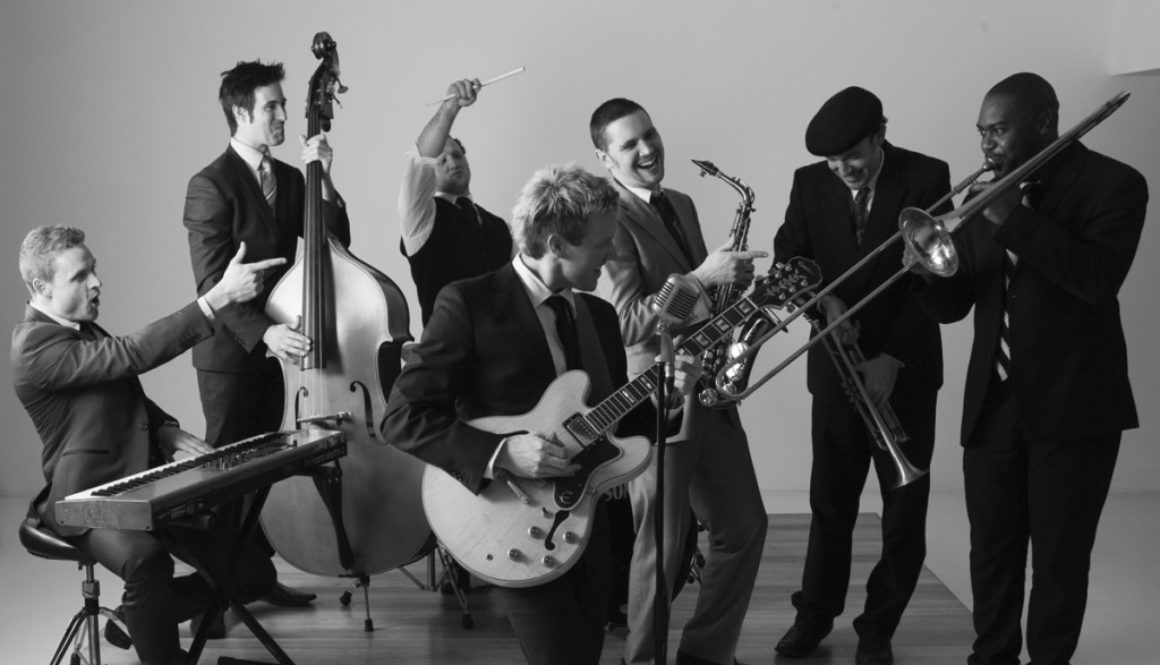Swing Eighths

At the risk of sounding circular and unhelpful, swing eighths are eighth notes played in a swing rhythm style. What is “swing” and how do swing eighths differ from regular eighth notes (or “straight eighths“ as they are called when one is differentiating the two types of rhythms)? Glad you asked!
Eighth notes, as you hopefully know from reading some of the lessons here at Guitar Noise, divide quarter notes into two even parts. Here are two measures of quarter notes (just using the note of the open G string), complete with counting, followed by two measures of eighth notes:
You can hear how the quarter notes are played right on the beat – the “one, two, three, four” when one counts to the beat. Eighth notes are played both on the beat and in the off-beat (the “and”) that falls between the beats. And you can hear how even and steady this is.
Swing eighths are steady as well, but they are created by first dividing a beat into triplets, that is, three even sub-beats. Usually one counts out triplets like this:
Once you have the triplet rhythm in your head, play just the first and third note of the triplet, like this:
You can hear how the swing eighths sound a little lopsided, kind of like a heartbeat. Here is a sound file that compares swing eighths and straight eighths side by side:
Typically you will find swing rhythms used in blues and jazz songs, but they can also be found in almost all other genres. Swing is notated in sheet music with a symbol like this:
You will also find some songs where swing and straight rhythms are both used, not usually at the same time but that, too, can happen, usually with a soloing instrument.





Todd
November 16th, 2015 @ 12:45 am
Do you have more counting notes or beats in pentatonic patterns. The same thing above